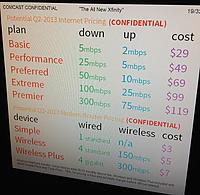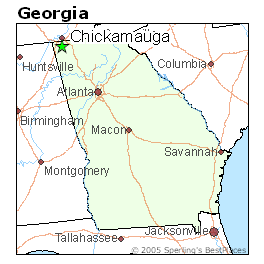 Dish Network is planning to introduce 5Mbps nationwide satellite broadband service after its partner company EchoStar successfully launched the satellite that will host the new service.
Dish Network is planning to introduce 5Mbps nationwide satellite broadband service after its partner company EchoStar successfully launched the satellite that will host the new service.
Bloomberg News reports Dish will introduce the service in late September or October this year and intends to market it in areas where DSL or cable broadband has been spotty or unavailable.
Dish’s broadband service will use its new EchoStar 17 satellite launched in July. The satellite can technically support download speeds up to 15Mbps, but Dish wants to start with slower speeds to maximize the number of potential customers the satellite can accommodate, which the company estimates can be as high as two million.
With an estimated 8-10 million Americans currently bypassed by broadband, Dish may have little trouble establishing a substantial customer base, if the service works as advertised. Past satellite broadband ventures have traditionally offered slow speeds and draconian “fair usage policies” which strictly limit how much customers can use the service. The services are not cheap either.
EchoStar’s vice president of investor relations Deepak Dutt said the newest generation of satellite broadband services offer much faster service and higher capacity by an order of magnitude. But average usage per subscriber has also risen, providing a challenge for satellite broadband providers that may lack the capacity to sustain high bandwidth content, especially streaming video.
Dish already offers up to 12Mbps satellite broadband through a marketing partnership with Carlsbad, Calif.-based ViaSat, Inc. But ViaSat’s service is limited to certain geographic regions in the United States. Dish insiders say their service with EchoStar will compliment, not replace their deal with ViaSat, and will expand coverage nationwide.
The combination of broadband and satellite television may make it possible for Dish to sell new bundled packages that can compete with phone and cable companies. Dish also claims to be waiting for Federal Communications Commission approval to use its wireless spectrum to offer mobile Internet and phone service, which could also be included in a future bundled offer.


 Subscribe
Subscribe






